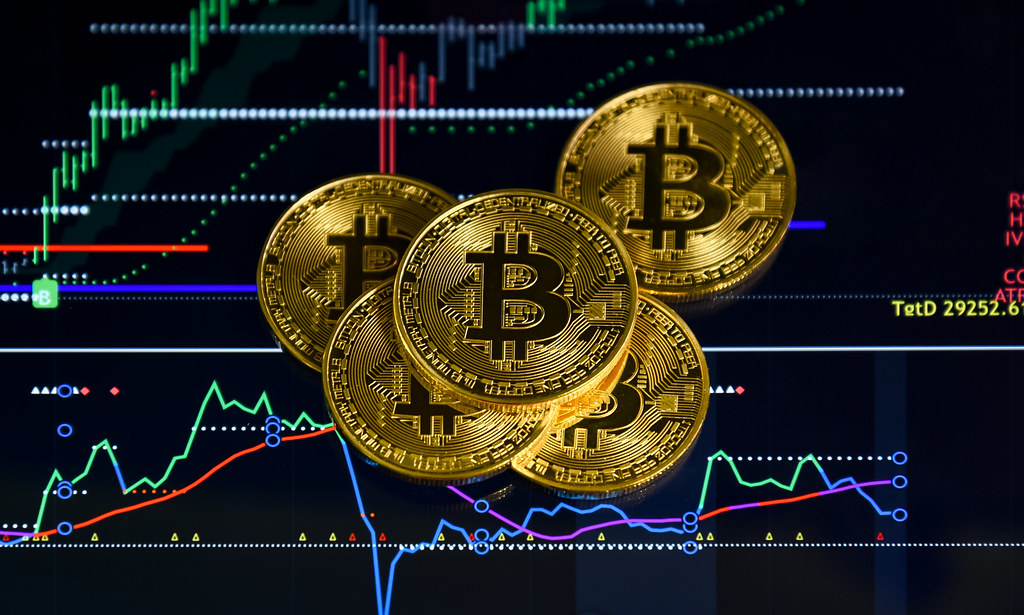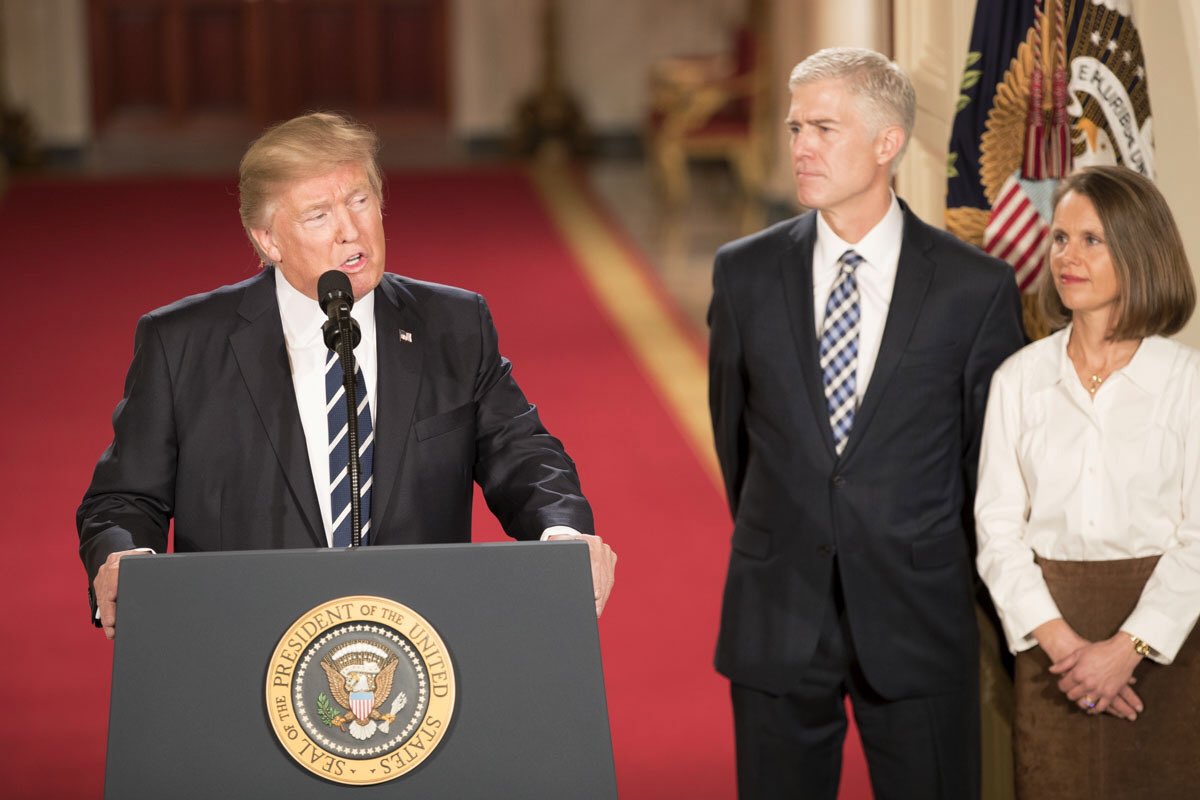The Numbers Don’t Lie – Bitcoin’s Recent Performance
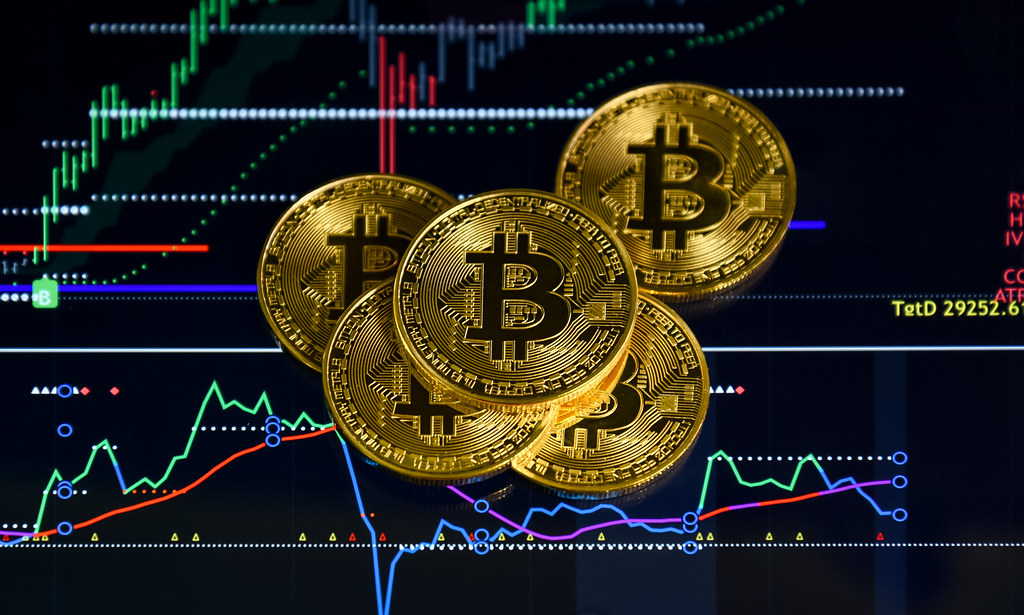
Bitcoin recovered somewhat in 2023, and reached a new high in March 2024. Think about it like a roller coaster that just hit its highest peak yet – exciting, but your stomach’s still doing flips from the last drop. Since its inception, cryptocurrency investment has experienced explosive growth, with Bitcoin’s price skyrocketing from less than a penny to an all-time high of over $73,000 in 2024, which is pretty mind-blowing when you consider that’s a return better than most lottery tickets. Investors deluged the total crypto market cap to a historic record high of $3.33 trillion by Oct. 31 last year, according to TradingView data. That was after starting the year at $1.6 trillion in capitalized tokens for the entire segment. But here’s the kicker – from 2020 to 2024 (chosen to capture at the most recent four-year cycle in bitcoin), bitcoin has been three to nearly four times as volatile as various equity indices. So yeah, the gains can be spectacular, but the ride isn’t for everyone with a weak stomach.
The ETF Game-Changer That Shocked Wall Street

In January 2024, the U.S. Securities and Exchange Commission (SEC) approved 11 spot Bitcoin ETFs, marking a significant milestone in the integration of cryptocurrency into mainstream financial markets. This wasn’t just some bureaucratic rubber stamp – it was like watching the cool kids finally let the nerds sit at their lunch table. The approval of Bitcoin ETFs by the U.S. Securities and Exchange Commission in January 2024 has opened up new opportunities for investors. These ETFs saw $4.6 billion in trading volume on the first day, making it easier than ever to gain exposure to the largest cryptocurrency. However, the institutional love affair hit a bump recently. 13F filers—a category that includes hedge funds, pensions, and asset managers—reduced their Bitcoin ETF holdings by 23%, shrinking from $27.4 billion in Q4 2024 to $21.2 billion in Q1 2025. This marks the first quarterly drop in institutional Bitcoin ETF exposure since the SEC approved spot BTC ETFs in early 2024.
Real Americans Are Making (and Losing) Real Money
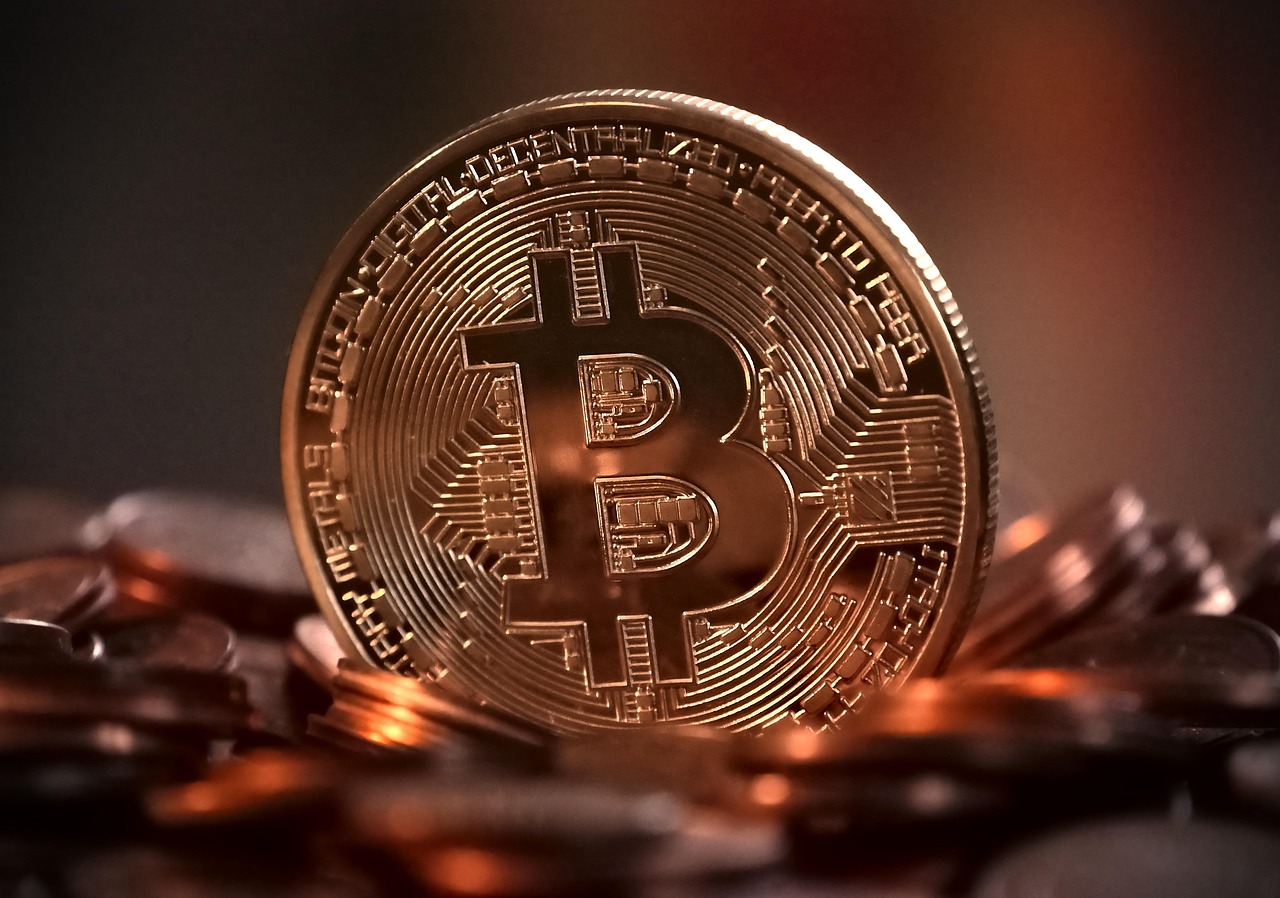
As of 2024, 40% of American adults own cryptocurrency, a marked increase from 15% in 2021. That’s like saying nearly every other person you meet at Starbucks probably has some crypto tucked away somewhere. Even more interesting, according to our survey responses, some 69 percent of current crypto owners hold their tokens at a realized or unrealized gain in market value. But don’t get too excited yet – today, 59 percent of people familiar with crypto aren’t confident in its security, and even 40 percent of people who own cryptocurrency aren’t confident that the technology is safe and secure. Nearly one in five respondents who currently own cryptocurrency say they have had difficulty at some point withdrawing their funds from custodial platforms. It’s like owning a really fast car but not being totally sure the brakes work. The demographics tell a story too – in the United States, high-income earners are disproportionately represented among crypto investors, with those making $100,000 or more annually comprising 25 percent of crypto owners but only 15 percent of the general public. About 70 percent of cryptocurrency owners are men, but they represent only 48 percent of the general population.
Trump’s Crypto Revolution – The Wild Card Nobody Saw Coming

Remember when Trump called Bitcoin a scam? Well, plot twist – in June 2024, he attended a Bitcoin conference where he pledged to make the United States the “crypto capital of the planet.” U.S. President Donald Trump on Thursday ordered the creation of a cryptocurrency working group tasked with proposing new digital asset regulations and exploring the creation of a national cryptocurrency stockpile, making good on his promise to quickly overhaul U.S. crypto policy. It’s like watching your dad suddenly start using TikTok – unexpected but potentially game-changing. Paul Grewal, the company’s legal chief, said the Trump administration has “really flipped the script on crypto.” “It wasn’t all that long ago that we had an administration that not only was skeptical of this entirely new technology, but was in fact hostile to it,” Grewal said. “Now we have a White House and a wider administration that is not only welcoming of digital assets and blockchain-based technologies, but embracing it in a number of different ways, and that really has stood out in the first 100 days.” Notably, 60 percent of respondents believe cryptocurrency will perform even better now that Trump is back in office.
The Strategic Bitcoin Reserve – Fantasy or Future Reality?

With a fixed supply of 21 million coins, there is a strategic advantage to being among the first nations to create a Strategic Bitcoin Reserve. The United States currently holds a significant amount of bitcoin but has not maximized its strategic position as a unique store of value in the global financial system. Premature sales of bitcoin have already cost U.S. taxpayers over $17 billion. Think of it like the government deciding to hoard digital gold instead of selling it at garage sale prices. On March 6, Trump signed an executive order to establish a Strategic Bitcoin Reserve and U.S. Digital Asset Stockpile, “to serve as a secure account for orderly and strategic management of the United States’ other digital asset holdings.” Both the reserve and stockpile will be composed of previously seized bitcoin and digital assets. The Commerce and Treasury secretaries are directed to develop strategies to manage them in budget-neutral ways. The order does not direct the acquisition of any assets but seeks to consolidate government holdings under the Treasury Department. It’s basically the government saying, “Hey, maybe we shouldn’t throw away this digital treasure chest.”
Volatility – The Double-Edged Sword That Cuts Both Ways
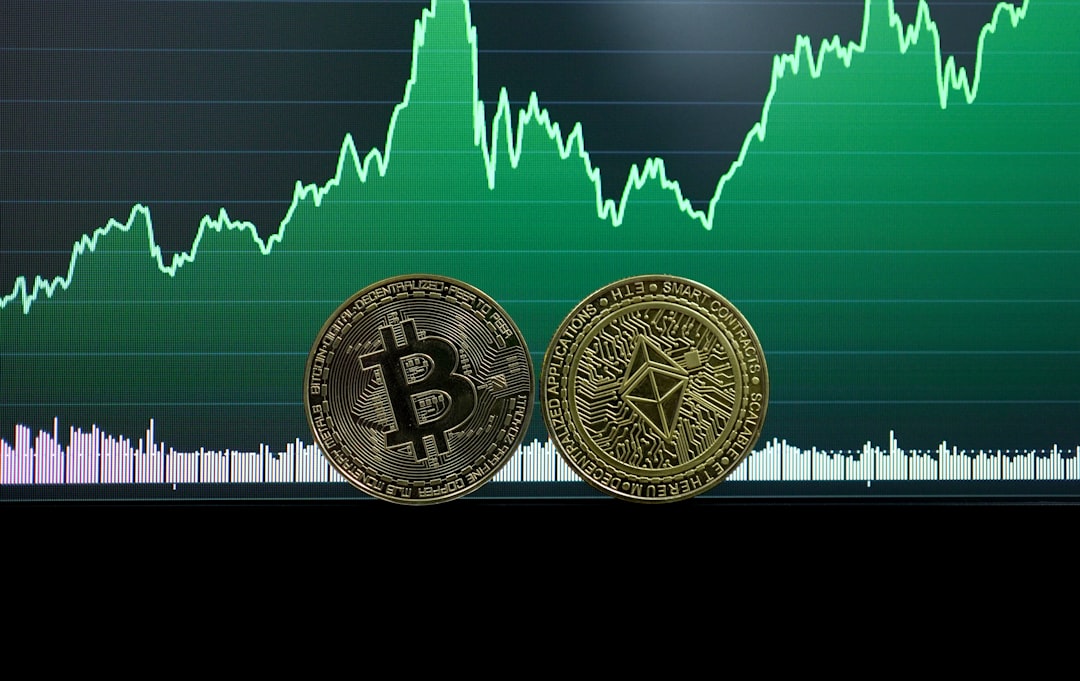
There is no denying that bitcoin is volatile as an investment asset class, both on an absolute basis and when compared to traditional asset classes. Bitcoin has historically exhibited high volatility or high measures of standard deviation, but when examining its returns, many are disproportionately skewed to the positive side. This is evident in bitcoin’s Sharpe ratio of 0.96 from 2020 to early 2024—meaning while the “risk” in terms of standard deviation is higher, investors have been more than compensated for taking that risk (compared to the S&P 500’s Sharpe ratio of 0.65 over the same period). It’s like riding a mechanical bull – terrifying but potentially rewarding if you can hang on. The first quarter of 2025 proved challenging for the cryptocurrency market.Bitcoin, the bellwether of the sector world, suffered its worst first quarter performance in seven years, characterized by significant volatility and a prevailing downward trend. Q1 data from Coinglass shows that Bitcoin fell 11.82 percent and Ethereum dropped 45.41 percent for the period, with February seeing the largest losses at 17.39 percent for Bitcoin and 31.95 percent for Ethereum. Bitcoin’s price at the end of the Q1 was around US$80,000, while Ethereum — which has struggled to retake US$2,000 after dipping below that threshold mid-March — closed at around US$1,800.
The Dark Side – Scams, Fraud, and Digital Pickpockets

Here’s where things get ugly, and I mean really ugly. According to the FBI Internet Crime Complaint Center’s (IC3) latest Internet Crime Report, there were nearly 150,000 crypto-related complaints in 2024, totaling $9.3 billion in losses (a 66% increase in losses compared to the previous year). Elderly Americans are particularly vulnerable, with individuals over the age of 60 filing over 33,000 complaints and losing a collective $2.8 billion. It’s like digital vultures circling overhead, waiting for someone to make a wrong move. Victims of 6,174 investment scams paid scammers $279 million in cryptocurrency in the first quarter of 2025. That’s a roughly $90 million increase from the first quarter of 2024. Investment scams accounted for 48% of all scams involving cryptocurrency, and 60% of the cryptocurrency scammers received in the first quarter of 2025 was from an investment scam. The crypto ATM situation is particularly nasty – The FBI’s IC3 team reported nearly 11,000 complaints involving crypto ATM scams in 2024—a 99% increase from the previous year. Victims lost nearly $250 million, with scams often involving fake tech support calls, impersonation of government officials, and extortion. Again, the elderly bore the brunt: Individuals over age 60 filed over 2,600 complaints and saw losses exceeding $100 million.
Institutional Money – The Smart Money or Just FOMO?

Institutional interest in cryptocurrency is rising, with over 70% of institutional investors indicating plans to invest in digital assets in 2024. This is important as it brings legitimacy and stability to the market, attracting more mainstream investors. It’s like watching your conservative uncle suddenly start talking about “digital assets” at Thanksgiving dinner. BlackRock’s Bitcoin ETFs have attracted new capital from institutional and retail investors, who were previously hesitant about cryptocurrency investments. But here’s the reality check – A number of high-profile asset managers cut their stakes in spot bitcoin exchange-traded funds amid a 12% drop in the cryptocurrency’s price in the first quarter of 2025, according to recent regulatory filings. This marks a shift from previous quarters when asset managers had typically increased their holdings in spot bitcoin ETFs, as shown in previous quarterly 13-F filings with the Securities and Exchange Commission. Even the big boys get spooked when things get rocky.
The DeFi Revolution – Cutting Out the Middleman

The DeFi sector has seen explosive growth, with total value locked (TVL) in DeFi protocols reaching over $50 billion in early 2024 and $83.72 billion as of August 2024, up from just $1 billion in 2020. This major surge represents a shift from traditional financial systems, allowing users to lend, borrow, and trade without intermediaries. DeFi platforms like Aave and Uniswap are leading this charge, giving users greater control over their assets and the potential for higher returns. Think of it as financial services without the stuffy bank branch and the guy in the suit telling you what you can’t do with your money. The rapid adoption of DeFi is reshaping how individuals interact with finance, making it a crucial area for investors to explore. It’s like having a bank in your pocket, except this bank never sleeps and doesn’t judge you for buying coffee at 3 AM. The growth numbers are pretty staggering when you realize we went from $1 billion to over $80 billion in just four years – that’s the kind of growth that makes traditional finance executives wake up in cold sweats.
Stablecoins – The Boring Cousin That Might Save Everything

Stablecoins will evolve from a niche role in cryptocurrency trading to become a central part of global commerce. By the end of 2025, we project that stablecoins will settle daily transfers of $300 billion, equivalent to 5% of current DTCC volumes, up from $100 billion daily in November 2024. While everyone’s obsessing over Bitcoin’s price swings, stablecoins are quietly becoming the workhorses of the crypto world. Adoption by major tech companies (like Apple and Google) and payment networks (Visa, Mastercard) will redefine the payments economy. For example, stablecoin transfers between the U.S. and Mexico could grow 5x, from $80 million to $400 million monthly, driven by speed, cost savings, and growing trust. Stablecoins have now passed $190 billion in global circulation. They can provide much needed liquidity for the crypto market and act as conduits between crypto and non-crypto-assets. It’s like having digital dollars that actually behave like dollars, which turns out to be pretty useful when you’re trying to run a business or send money to your cousin in Mexico without getting gouged by Western Union.
The Regulatory Landscape – From Wild West to Main Street

President Trump has also begun to roll back certain aspects of the Biden administration’s crypto regulatory and enforcement policies and indicated that his administration will attempt to implement a clear regulatory framework for the crypto industry. It’s like watching the sheriff finally show up to a frontier town, except this time the sheriff is actually on the side of the outlaws. On February 21, 2025, the SEC closed its investigations into Opensea and Robinhood without taking further action and dismissed claims against Coinbase. Then, on February 27, 2025, the SEC announced that memecoins no longer would be considered securities subject to SEC oversight. The U.S. Securities and Exchange Commission created a new “Crypto Task Force,” rescinded controversial staff accounting guidance around crypto custody and issued new guidance on the same topic. Meanwhile, President Trump issued an executive order that promises a comprehensive re-examination of U.S. crypto regulation. The vibe has completely shifted from “crypto bad” to “crypto maybe not so bad after all.” With the change in administration, the Securities and Exchange Commission (SEC) paused high-profile enforcement cases, an early signal of a lighter touch promised by Trump. Trump has nominated Paul Atkins, a former commissioner and financial regulatory consultant who advised a digital asset industry trade group, as the new SEC chair.
Investment Reality Check – The Good, Bad, and Ugly

Forty percent of respondents would consider investing in cryptocurrency through their retirement account, down from 44% in 2024 despite Bitcoin hitting record levels. The decline in interest may be attributable to crypto’s volatility and the slew of scams, scandals, and security concerns that rocked the industry — the most notable being the collapse of FTX and revelations of fraud perpetrated by its founder Sam Bankman-Fried. That FTX mess left a lot of people feeling like they’d been punched in the gut by someone they trusted. Sustainable, long-term, and less-volatile growth in the crypto industry may depend on whether it can correct its demographic imbalance and show would-be investors that crypto is secure, easy to buy, and has real value beyond speculation. Bitcoin crossing $100,000: 48% percent of respondents said they’re more likely to invest in crypto in light of Bitcoin being valued at more than $100,000 at one point in December 2024. The Trump-Musk effect: 50% of all respondents say that the cryptocurrency market will perform positively in 2025 given President Trump’s re-election and Elon Musk potentially serving as an advisor. It’s fascinating how a six-figure Bitcoin price can make people forget about all the horror stories they’ve heard.
Future Predictions – Crystal Ball or Educated Guessing?

The crypto bull market will reach a mid-term peak in the first quarter and set new highs in the fourth quarter. We believe the crypto bull market will persist until 2025, reaching its first peak in the first quarter. At the cycle’s peak, we project Bitcoin (BTC) to be valued at approximately $180,000, and Ethereum (ETH) to trade above $6,000. Those are some pretty bold predictions that would make a lot of current holders very happy. After this initial peak, we anticipate a 30% pullback in BTC, with altcoins experiencing more severe declines of up to 60% as the market consolidates over the summer. However, a recovery is likely in autumn, with major tokens regaining momentum and reaching previous all-time highs by year-end. The company’s 2025 price targets for the respective platforms’ native currencies are $200,000 for BTC,

